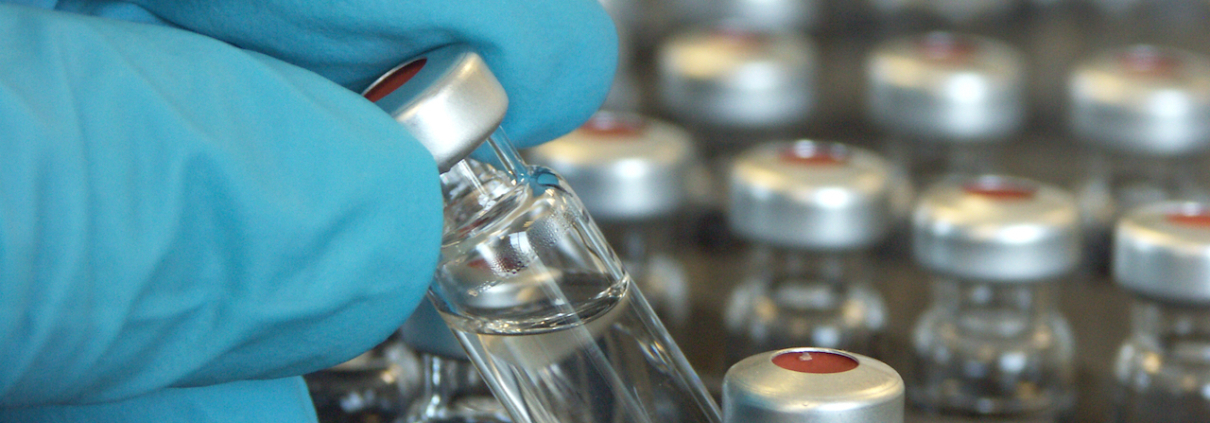Chemical Hazards in Hospitals – Examples and Control
Hazardous chemicals are common in healthcare settings. Short- and long-term exposure to these chemicals can pose health risks to staff, patients, visitors, contractors, and other members of the public.
In this post we’ll list some of the common chemical hazards in hospitals, and discuss ways you can prevent or reduce exposure levels in your hospital or healthcare setting.
Common Sources of Hazardous Chemicals in Hospitals
Some of these chemicals are used as part of treatments, either as anaesthetics or as fixatives. Others are used as part of infection prevention and control processes, to sterilise and disinfect surfaces and equipment. Some are by-products of healthcare procedures.
Hazardous Chemicals Used in Patient Treatment
Many of the hazardous chemicals used in patient treatment are used as anaesthetics. Examples include sevoflurane, isoflurane, Penthrox and Entonox. Prolonged exposure to these chemicals can be harmful to health.
For example, the symptoms of sevoflurane exposure can include confusion, nausea, breathing difficulties, blurred vision, dizziness, agitation, and loss of consciousness. Prolonged exposure in the long-term can lead to liver problems, heart problems, blood haemorrhages, and asthma.
Hazardous Chemicals Used in Infection Prevention and Control
Cleaning is an essential part of infection prevention and control in hospitals. Yet many of the chemicals used in hospital-grade cleaning substances can be harmful to health. Cleaning products can contain volatile organic compounds (VOCs).
Short-term exposure to high concentrations of these chemicals can result in:
- Headaches
- Nausea
- Eyes, nose and throat irritation
- Exacerbation of allergies, asthma, and respiratory conditions
Long-term chronic exposure can increase the risk of liver and kidney damage, and even certain cancers.
Specialist healthcare decontamination procedures can also create harmful chemicals. For example, some disinfectants used in endoscopy departments are based on chlorine-containing compounds. Others are based on peracetic and acetic acid, which can be harmful if inhaled.
Hazardous Chemicals as By-Products of Treatments
The surgical smoke generated by electrosurgical devices can contain acrylonitrile and hydrogen cyanide, as well as numerous viruses and bacteria. Exposure to surgical smoke has been linked to viral infections, irritation of the eyes, nose and throat, and asthma-like symptoms.
Finally, it’s common to find inhalable and respirable dust in the atmosphere of fracture clinic plaster rooms and orthotics departments. While this dust might not be a harmful chemical in itself, it is still classed as a hazardous air pollutant. Inhaling it can lead to short-term and long-term respiratory problems.
Preventing and Reducing Your Staff’s Exposure to Hazardous Chemicals in the Workplace
Control of Substances Hazardous to Health (COSHH) is a UK law requiring employers to prevent or reduce workers’ exposure to certain hazardous substances. The law regulates workplace exposure limits (WELs) for numerous substance.
We offer specialist workplace exposure monitoring for hospitals and other healthcare settings. We’ll help you ensure you fulfil your COSHH obligations wherever your staff are exposed to hazardous substances.
Employing both continuous monitoring and personal sampling techniques, we’ll prepare a comprehensive report that includes detailed discussions and actionable recommendations based on our findings.
Want to learn more about our workplace exposure monitoring services? Talk to one of our air quality experts today, or get in touch for a free quote.



